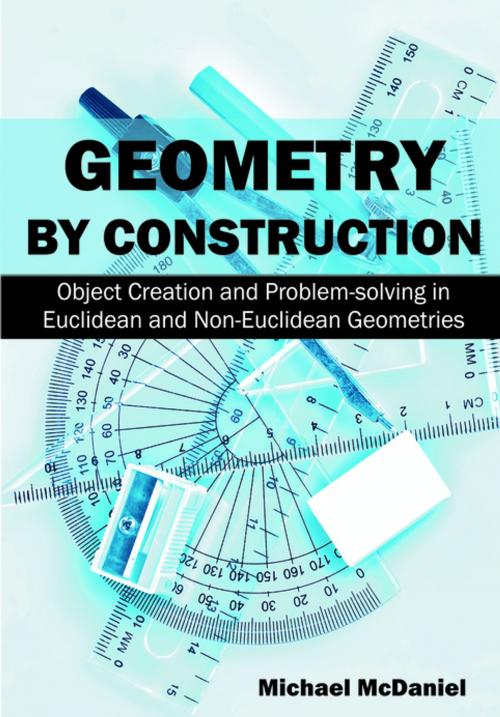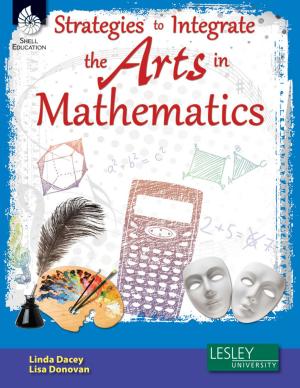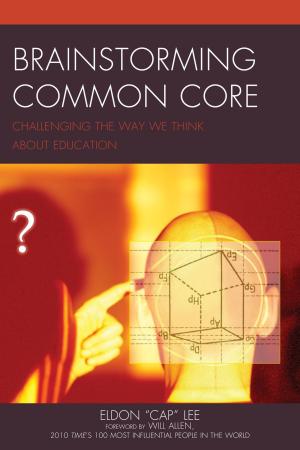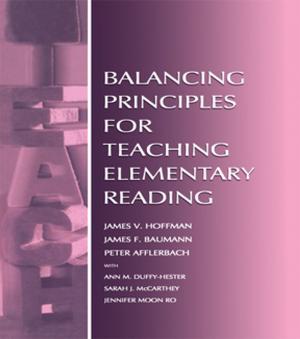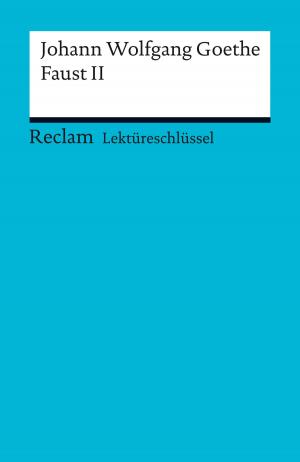Geometry by Construction:
Object Creation and Problem-Solving in Euclidean and Non-Euclidean Geometries
Nonfiction, Science & Nature, Mathematics, Geometry, Reference & Language, Education & Teaching, Teaching, Teaching Methods| Author: | Michael McDaniel | ISBN: | 9781627340953 |
| Publisher: | Universal Publishers | Publication: | February 1, 2015 |
| Imprint: | Universal Publishers | Language: | English |
| Author: | Michael McDaniel |
| ISBN: | 9781627340953 |
| Publisher: | Universal Publishers |
| Publication: | February 1, 2015 |
| Imprint: | Universal Publishers |
| Language: | English |
College geometry students, professors interested in undergraduate research and secondary geometry teachers will find three rich environments in this textbook. The first chapter contains many of the standards of Euclidean college geometry. The second and third chapters introduce non-Euclidean models where some Euclidean rules hold and others do not. With emphases on constructions and proofs, the reader is encouraged to create the objects under investigation and verify the results with reasoning. Since both models of “bent” spaces exist in Euclidean geometry, the reader gains facility with Euclidean moves through the whole book, even while exploring non-Euclidean spaces. The book itself is meant to be unpacked, expanded and taken further, just like the problems it contains. Geometry by Construction challenges its readers to participate in the creation of mathematics. The questions span the spectrum from easy to newly-published research and so are appropriate for a variety of students and teachers. From differentiation in a high school course through college classes and into summer research, any interested geometer will find compelling material. Teachers and professors might especially appreciate the way constructions provide open-ended questions which resist internet searches for solutions. College students should find the five refereed results from undergraduates like themselves encouraging. The active reader joins the mathematical tradition of a laboratory being a notebook plus a compass and ruler (or a dynamic geometry program on a computer.) New ideas await exploration and here are examples!
College geometry students, professors interested in undergraduate research and secondary geometry teachers will find three rich environments in this textbook. The first chapter contains many of the standards of Euclidean college geometry. The second and third chapters introduce non-Euclidean models where some Euclidean rules hold and others do not. With emphases on constructions and proofs, the reader is encouraged to create the objects under investigation and verify the results with reasoning. Since both models of “bent” spaces exist in Euclidean geometry, the reader gains facility with Euclidean moves through the whole book, even while exploring non-Euclidean spaces. The book itself is meant to be unpacked, expanded and taken further, just like the problems it contains. Geometry by Construction challenges its readers to participate in the creation of mathematics. The questions span the spectrum from easy to newly-published research and so are appropriate for a variety of students and teachers. From differentiation in a high school course through college classes and into summer research, any interested geometer will find compelling material. Teachers and professors might especially appreciate the way constructions provide open-ended questions which resist internet searches for solutions. College students should find the five refereed results from undergraduates like themselves encouraging. The active reader joins the mathematical tradition of a laboratory being a notebook plus a compass and ruler (or a dynamic geometry program on a computer.) New ideas await exploration and here are examples!
